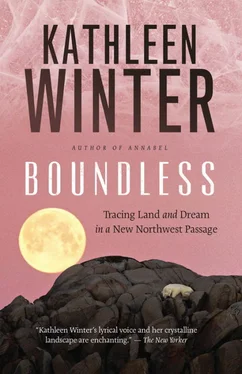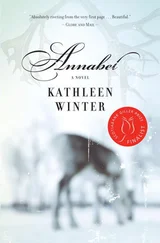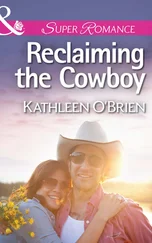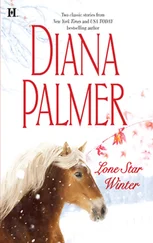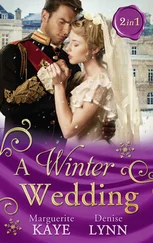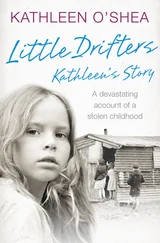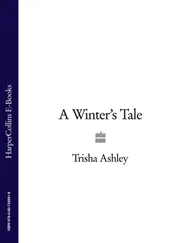Since coming back south I had not been the same. Every leaf, rock, and cloud now spoke to me of the North, and the message the North had been trying to tell me. I looked around to see who — f anyone — might be hearing and acting on that message. At night on the news I learned the Canadian government had sent out a press release: it had tallied the amount of money a polar bear might be worth if you counted meat, fur, tourism, and other ways the animal might contribute to the Gross National Product. Peter Mansbridge announced this with his usual anchorman’s combination of gravitas and bonhomie, the tone implying here we have a sound idea , but what I saw was a tabulation of monetary value without care for any of the deeper meaning of a bear, or land, or people in the North: I sensed the old colonial method of calculating value. But at the same time a new concept — a word — reached me through my daughter Juliette, studying climate and geography in high school.
The word was “cryosphere,” one of those rare scientific words that manage to hold a profoundly human and sacred resonance. From the Greek cryos , meaning cold, frost, or ice, and sphaira , meaning globe or ball, the word refers to that part of planet Earth that remains frozen: a part we now know to be melting and shrinking while we cling to global political, cultural, and industrial policies that accelerate the melt. The word cryosphere was a new utterance, one not in my Oxford dictionary, and in my mind the word itself drifted apart, like pieces of melting ice, into the utterance, “Cry, O Sphere.” It became part of a lament that lived in me as I wondered how I should live, now that I had returned south.
Cry, O sphere — weep, dear globe; lament, people, if ground this sacred should go unheard… Cry, O sphere, if I should walk in the North and perceive only earth’s mineral body and not her sacred mind…
I missed Bernadette Dean and Aaju Peter — their voices and their points of view. But another aboriginal woman was making her voice heard. Chief Theresa Spence of Canada’s Attawapiskat reserve had begun a hunger strike to protest her people’s living conditions. Meanwhile, First Nations people across Canada had begun opposing new federal legislation that stripped protection from rivers, lakes, and land for economic gain. Indigenous groups and their allies from New Zealand, South America, Africa, the U.S., and Israel had joined Canada’s First Nations in proclaiming the end of a global adherence to old, colonial models that treated life as a commodity rather than a sacred trust. I decided to go by bus to visit Chief Spence’s teepee on the site of her protest, a tiny island in the Ottawa River.
I arrived in Ottawa on day 31 of Chief Spence’s fast. Taxi drivers and shopkeepers just a fifteen-minute walk away from the protest site had no idea what was going on there. When I asked for directions to Chief Spence’s teepee, or mentioned her hunger strike, people did not know where it was or what it was about. My husband had warned me, back in Montreal, that what looked to me like the start of a global uprising was going unnoticed by most people, rushing as usual to get to work on time.
I walked in the snow past the Château Laurier toward the island marked on my map as Victoria Island. Soon I was on Wellington Street, walking directly in front of the Parliament Buildings. It was not long after Christmas and dusk had fallen. Giant snowflakes of red, green, and white light were projected onto the austere stone of the buildings; the Centennial Flame undulated in its font as tourists hung around taking photos. I knew Victoria Island should be behind Parliament Hill, but I couldn’t see it. The Peace Tower and Centre Block rose up with a face and shoulders that felt imposing and damning at the same time. Who did I think I was, walking past these halls of power in old rubber boots with three hard-boiled eggs, a twist of salt in tinfoil, and a Thermos of Labrador tea in my backpack?
I dreaded finding myself on some cloverleaf autoroute not meant for human walking. I feared getting lost and never finding Theresa Spence or her teepee. I’d travelled here alone, a ragamuffin interloper who had no right walking past the Flame or the Queen’s Gates with sympathies on which the lofty clock face might well look down with suspicion. Did Wellington Street never end? But there, to the right, I saw the Portage Bridge, its divided lanes full of traffic whizzing past and darkness on either side. I’d envisioned it as a smaller bridge from which I could look down and see Victoria Island, and travel perhaps down some stairs and see the teepee plainly from the road. But all I saw was blackness. Why had I even come?
It would have been easy to rationalize going home, and some would have supposed I’d finally seen sense. But I kept walking. On which side of the bridge was her teepee? What right had I to approach the chief’s encampment? I kept walking and I listened to the consciousness that I had learned, in the Arctic, to discern in the land, water and air. While the bridge remained covered in traffic, I sensed the water of the Ottawa River beneath it, and I could see blackness where the trees grew thickly. The moon, which had been full the night before, illuminated the sky above the Parliament Buildings that now towered behind me. As I asked the land for guidance, I began to tune out the cars and to watch the snow at the edge of the bridge. I neared its end now: what if I reached it without finding an opening?
Then, lit gold and blue in the darkened snow, I noticed a trail of footprints leading off the bridge, to my right and down the embankment. I followed them until I saw sticks pointing above a fence: the star-shaped apex of the teepee, inside an enclosure of rough wood. There was no sound, though I saw smoke rising from inside, and there was a gate through which I saw the flickering of a fire. The gate was ajar. A young man guarded it and I sensed I needed to speak my purpose.
What was my purpose, exactly? Why was this place so quiet? Two women played with a child around the fire. The child had a drum. I saw trees, and a shack, and the smoke of another fire from behind a lean-to.
“Hi,” I said to the young man.
“Hi.”
I liked the way nothing about him challenged my right to be there, yet he somehow invited me to speak my thoughts.
“I came on the bus from Montreal. I hope it’s okay. I wanted to pay my respects to Chief Spence… her hunger strike. Is it okay if I come in and do that?”
“Sure. She’s sleeping now. But you can come in. You can make an offering of tobacco if you want.”
I thanked him and went in as if I knew what he was talking about. An offering of tobacco? I didn’t know what that meant, and I certainly had no tobacco on me. It struck me as kind of him to assume I had an offering of any kind. I had brought a small gift for the chief, but it was not tobacco.
The child with the drum chanted and drummed in a voice more powerful and prophetic than I could have imagined. The second fire, glowing behind the lean-to, was the sacred fire of Chief Spence and her supporters: there were traditions that had to be kept around the fire, one of them being that I must not take out my notebook or record anything on camera. The woman I call my sister outlaw, Christine — the one who had given me the Viking funeral to cleanse me of the old ghosts from my first marriage — had come from Toronto, and on that first night I found her sitting with the four or five others who were praying and conversing around the flames. We’d thought the island would be so full of people we might not be able to fit. But here we were, with fewer than a dozen others: an elder who alternated between prayers and jokes, the drumming boy and his mother, and a woman who told me about hiding out in the desert around the Canada-U.S. border, managing to feed her children while evading border guards for years.
Читать дальше
